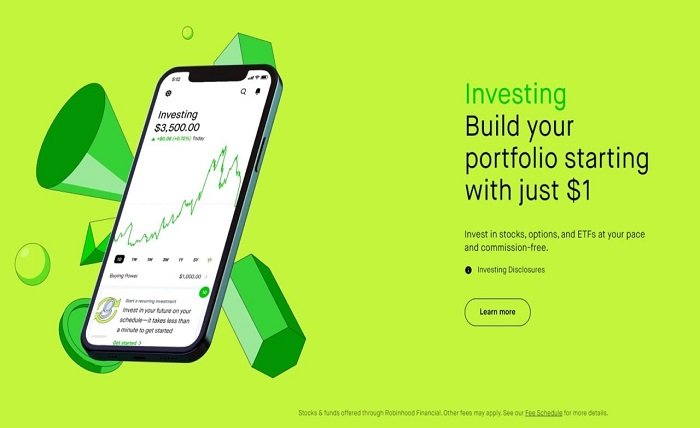Introduction
The New York Stock Exchange (NYSE) is renowned for its diverse array of listed companies, including standout entities like NIO Inc., a leader in the electric vehicle sector. This blog examines the NYSE-NIO dynamic, exploring how NIO’s performance on the NYSE is a telling indicator of broader market trends and investor sentiment.
The NYSE: A Platform for Global Leaders
The NYSE is one of the world’s largest stock exchanges, hosting companies from various industries. Understanding its role as a global economic indicator is crucial for analyzing its relationship with technology-driven companies like NIO.
NIO Inc.: Revolutionizing Electric Vehicles
NIO has made significant strides in the electric vehicle market, impacting how they are perceived and traded on the NYSE. This section explores NIO’s journey and its innovative approach to the automotive industry.
Comparative Market Analysis: NYSE vs. NIO
Here, we examine how NIO stands out on the NYSE by comparing its stock performance with other technology and automotive stocks listed on the exchange. This analysis highlights market trends and investor attitudes.
Financial Performance and Growth Trends
This section delves into the financial specifics, showcasing NIO’s revenue growth, profitability, and market capitalization, and how these factors weigh against the broader NYSE metrics.
Investor Sentiment and Stock Volatility
Investor sentiment plays a pivotal role in the stock performance of companies like NIO on the NYSE. We discuss the volatility of NIO’s stock, comparing it with general market conditions on the NYSE.
Technological Innovations and Market Impact
NIO is not just a car manufacturer; it is a technology innovator. This part discusses how NIO’s technological advancements have influenced its stock performance and position on the NYSE.
Regulatory Impacts on Trading
Both NIO and the NYSE are subject to regulatory environments that affect their operations and stock performance. This section explores recent regulations and their implications for NIO and other NYSE-listed companies.
Future Projections and Market Positioning
Based on current trends, this section offers future projections for NIO’s performance on the NYSE, considering global economic indicators and industry-specific developments.
Challenges and Opportunities
Despite its success, NIO faces challenges on the NYSE, such as competition and market saturation. We explore these challenges while highlighting the opportunities they present.
Conclusion
The NYSE and NIO share a dynamic relationship that reflects broader market trends and economic indicators. By understanding NIO’s position and performance on the NYSE, investors and enthusiasts can gain valuable insights into the electric vehicle industry and its future trajectory.
FAQ
1. What is NIO, and why is it significant on the NYSE?
NIO Inc. is a pioneer in the electric vehicle industry, listed on the NYSE, known for its rapid growth and innovative technologies, which have garnered significant investor interest.
2. How does NIO’s performance on the NYSE compare to other electric vehicle companies?
NIO’s performance on the NYSE is often compared with other EV companies. While it shares common challenges like market volatility, NIO often stands out due to its aggressive growth strategies and technological innovations.
3. What are the key factors influencing NIO’s stock on the NYSE?
Key factors include technological advancements, regulatory changes, global market trends, and investor sentiment, all of which significantly impact NIO’s stock performance.
4. Can fluctuations in the NYSE affect NIO’s stock directly?
Yes, as a part of the NYSE, NIO’s stock is affected by general market conditions, economic indicators, and shifts in investor sentiment that impact the exchange as a whole.
5. What should potential investors consider before investing in NIO on the NYSE?
Investors should consider NIO’s market position, financial health, growth potential, and the overall stability of the NYSE, along with broader economic factors that could affect the stock market.






